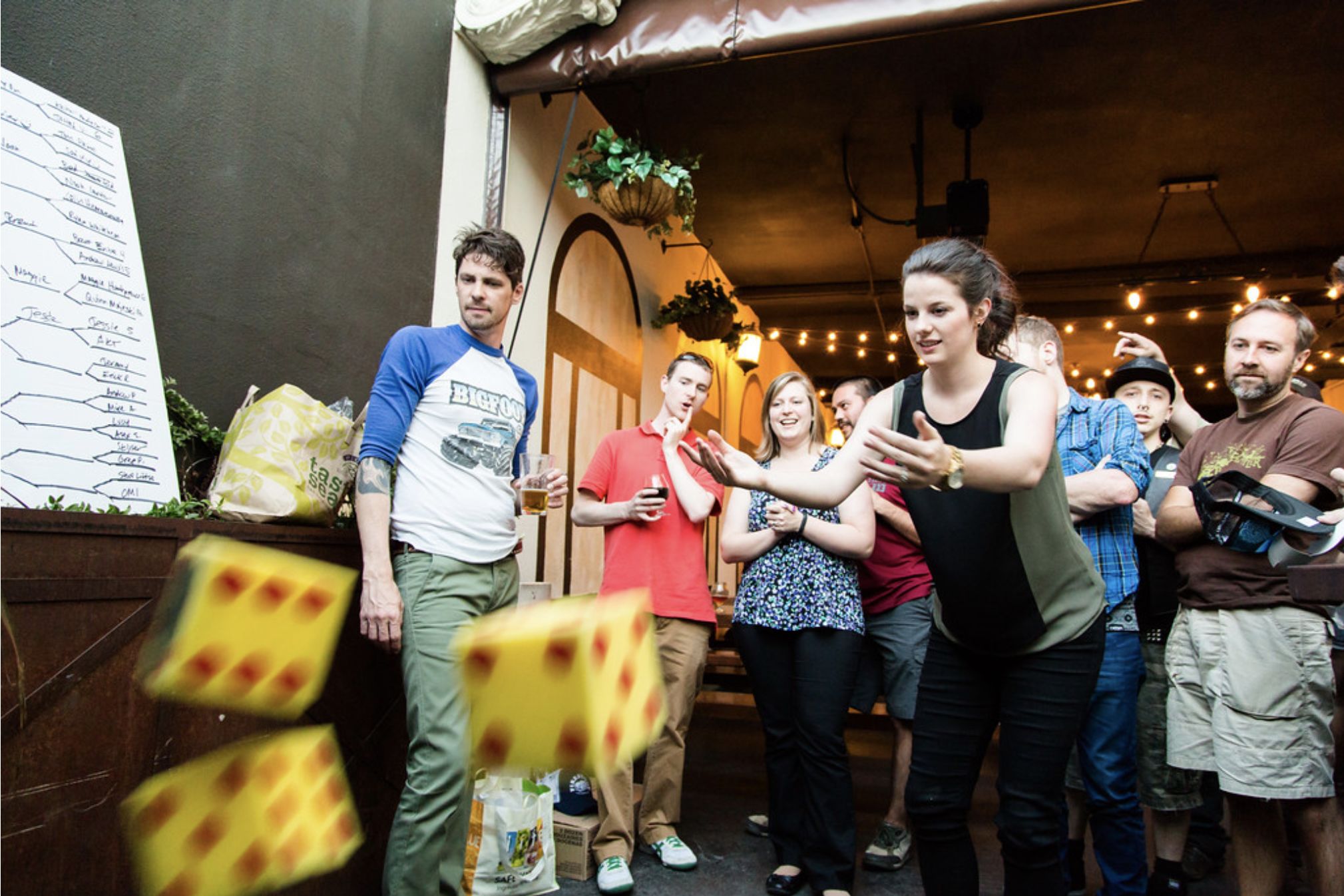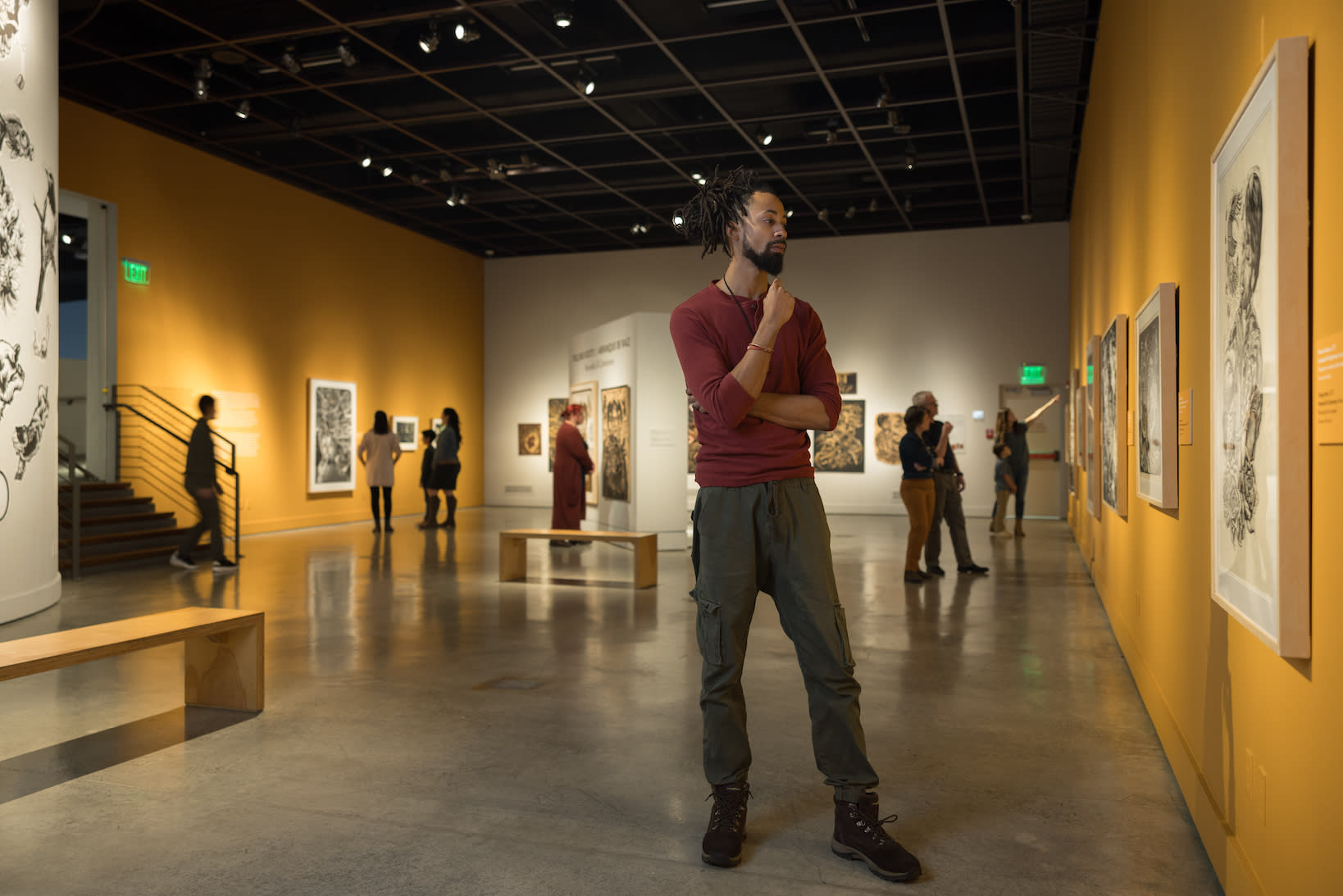A SAM Curator Reframes the Mysterious World of Fine Art
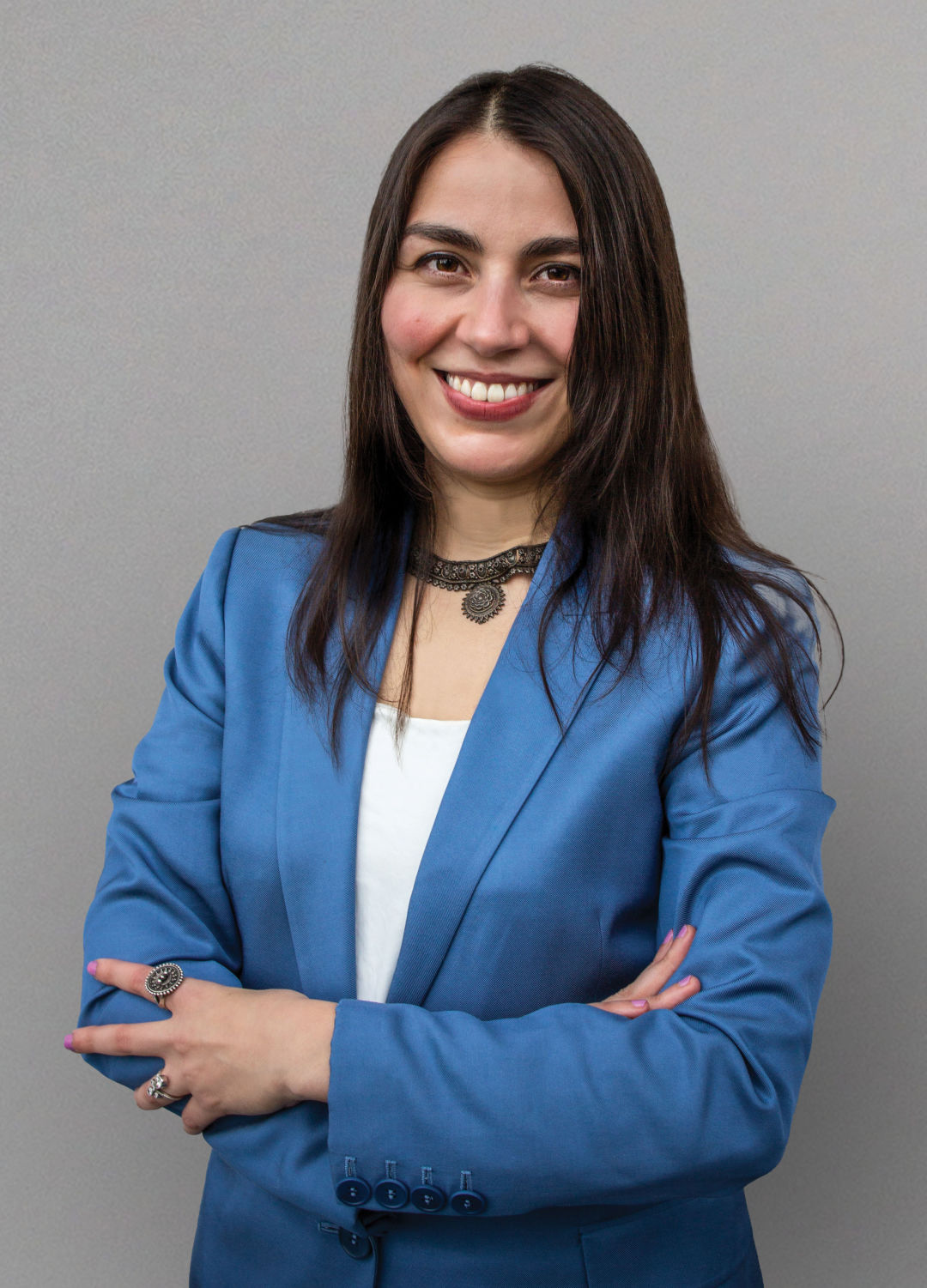
When priceless works of art are your purview, diplomacy is key.
Museum curator is one of those glamorized jobs protagonists in rom-coms always seem to have. Natalia Di Pietrantonio, Seattle Art Museum’s first curator of South Asian art, acknowledges the trope. But her day involves sending a lot more emails than would make for good TV, not that being a curator at a major art institution is mundane. In her position, Di Pietrantonio assumes an amalgamation of roles—academic, diplomat, conservationist—negotiating a number of competing cultural and economic interests. But first, coffee.
7am It takes Di Pietrantonio a solid 30 minutes to really wake up. A medium-dark roast pour-over eases the way.
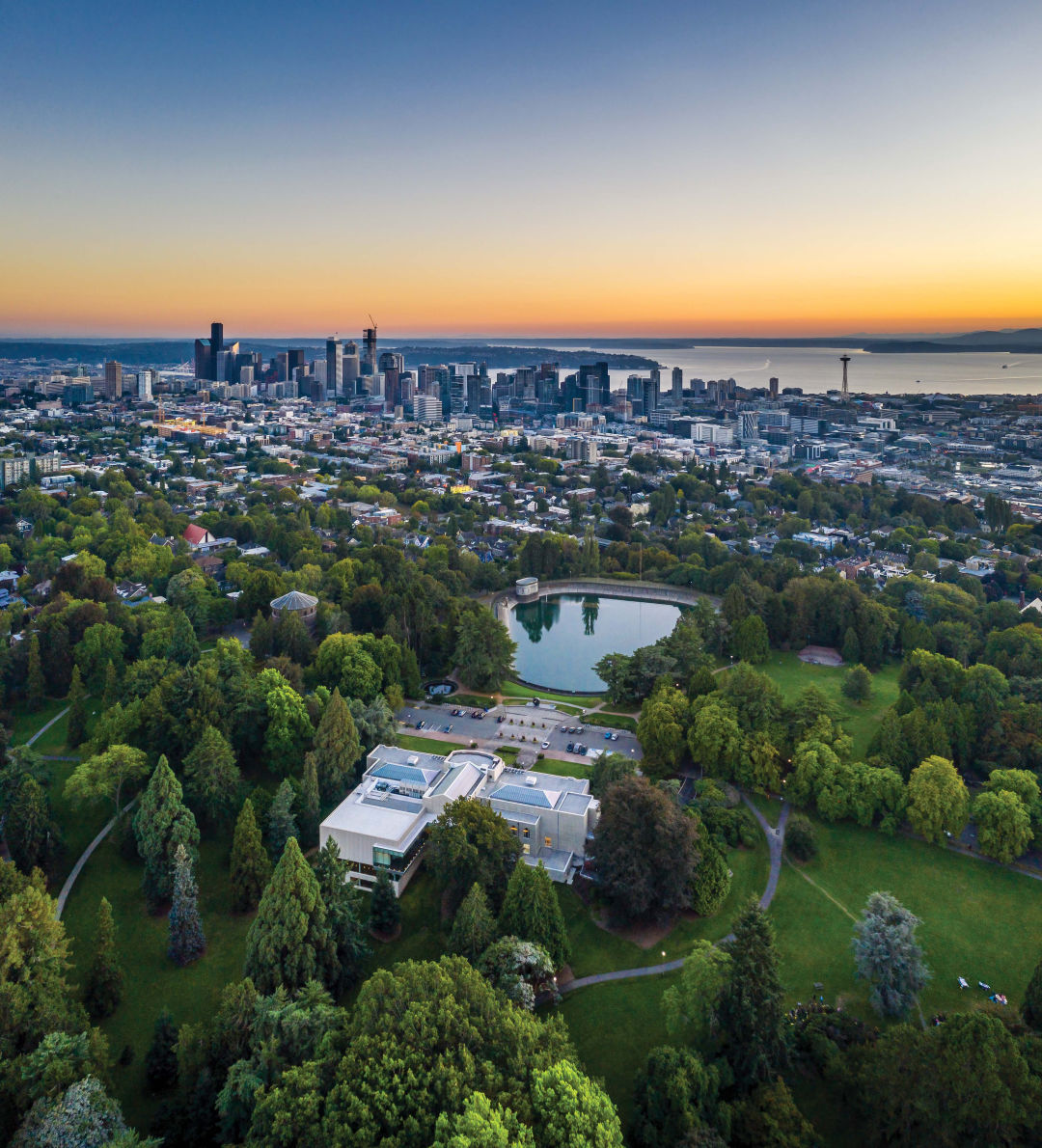
10am After catching up on correspondence in her sunny basement office at the Asian Art Museum, Di Pietrantonio and her colleague Xiaojin Wu, the curator of Japanese and Korean art, give a tour to a visiting delegation from Christie’s Auction House. They walk them through the museum’s recent renovations, which involved a massive curatorial overhaul and the addition of a sleek, airy wing on the east side of the building. Then they take them down to the newly minted conservation studio on the lower floor for a look at the inner workings. Before the studio was installed, with all its accoutrements, pieces of art sometimes had to be taken to the hospital for X-rays. On one occasion, a mysterious foreign body embedded within an antique sculpture caused a stir among the curatorial staff. Was it a gemstone? The leavings of a ritual consecration? The X-ray revealed a wasp nest.
12:15pm After lunch, Di Pietrantonio sits down to work on her labels, the curatorial statements that accompany a work. Research and writing for a single label can take up to a week; a matter as seemingly simple as the name of the piece can take great pains to determine, especially if it’s been referred to by several different titles throughout its history.
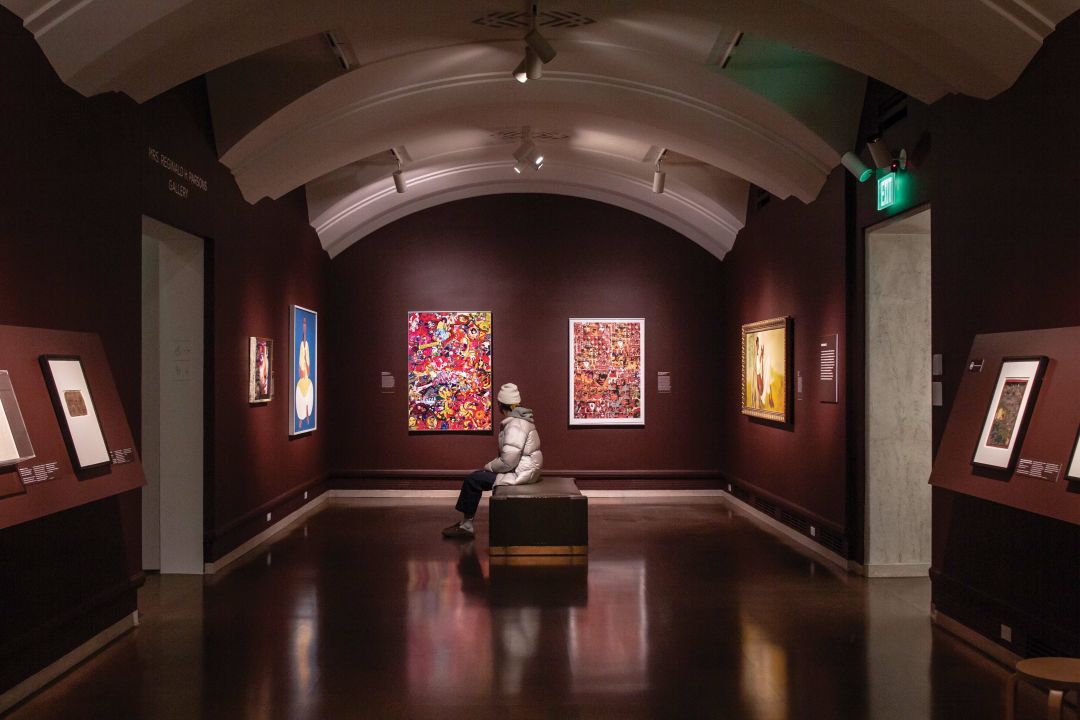
1pm Another tour, this one for the staff of local nonprofit ArtsFund and focused on Embodied Change: South Asian Art Across Time. This is the first exhibition Di Pietrantonio curated for SAM, and she breezily mentions that it came together quite quickly. The timeline? Two years. It can take 10 years to assemble a major exhibition thanks to tricky negotiations with private donors or foreign institutions (that’s where the “diplomat” bit comes in) and onerous insurance procedures.
4pm After some Zoom meetings and more emails, Di Pietrantonio heads out to meet a local collector for tea. They discuss an upcoming exhibition that will feature fourteenth- to nineteenth-century works from his collection. He’s very private, so Di Pietrantonio keeps things discrete.
7pm Di Pietrantonio winds down from all the dense academic texts and carefully worded emails with The New Yorker crossword puzzle in the evening. Or, from time to time, a “terrible” YA novel.
11pm After playing with her 11-month-old goldendoodle for a bit, Di Pietrantonio calls it a day.
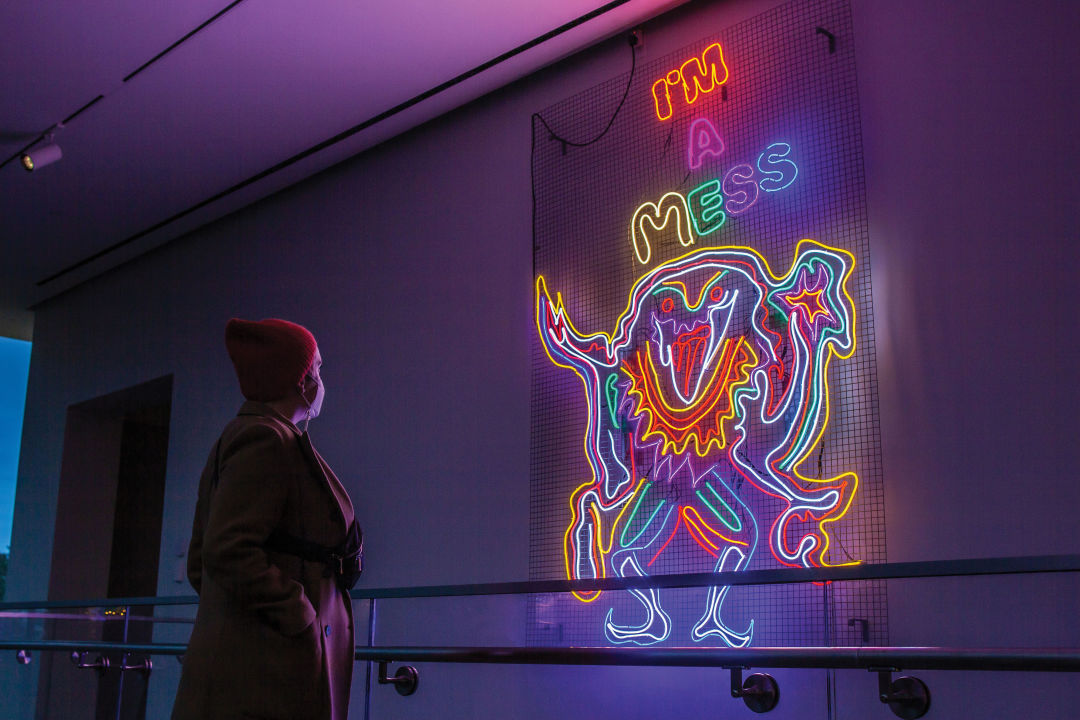
Kali: I’m a Mess, by Chila Kumari Singh Burman, is one of the contemporary pieces in the museum’s South Asian collection.

